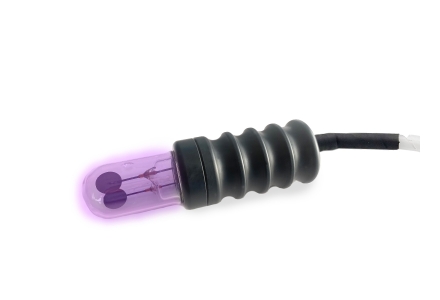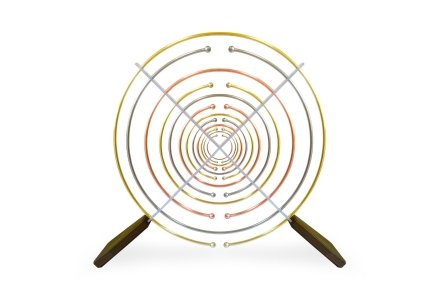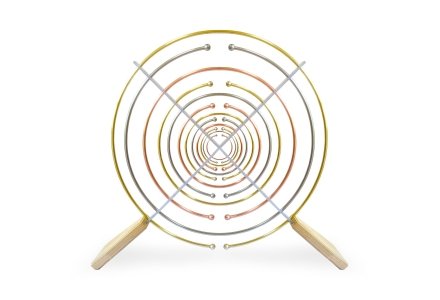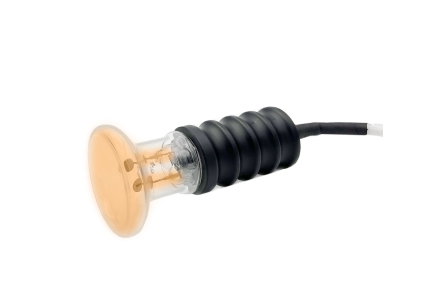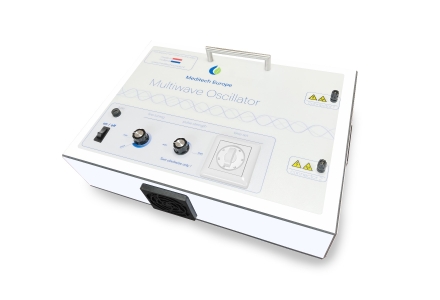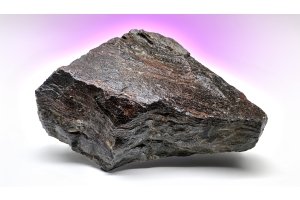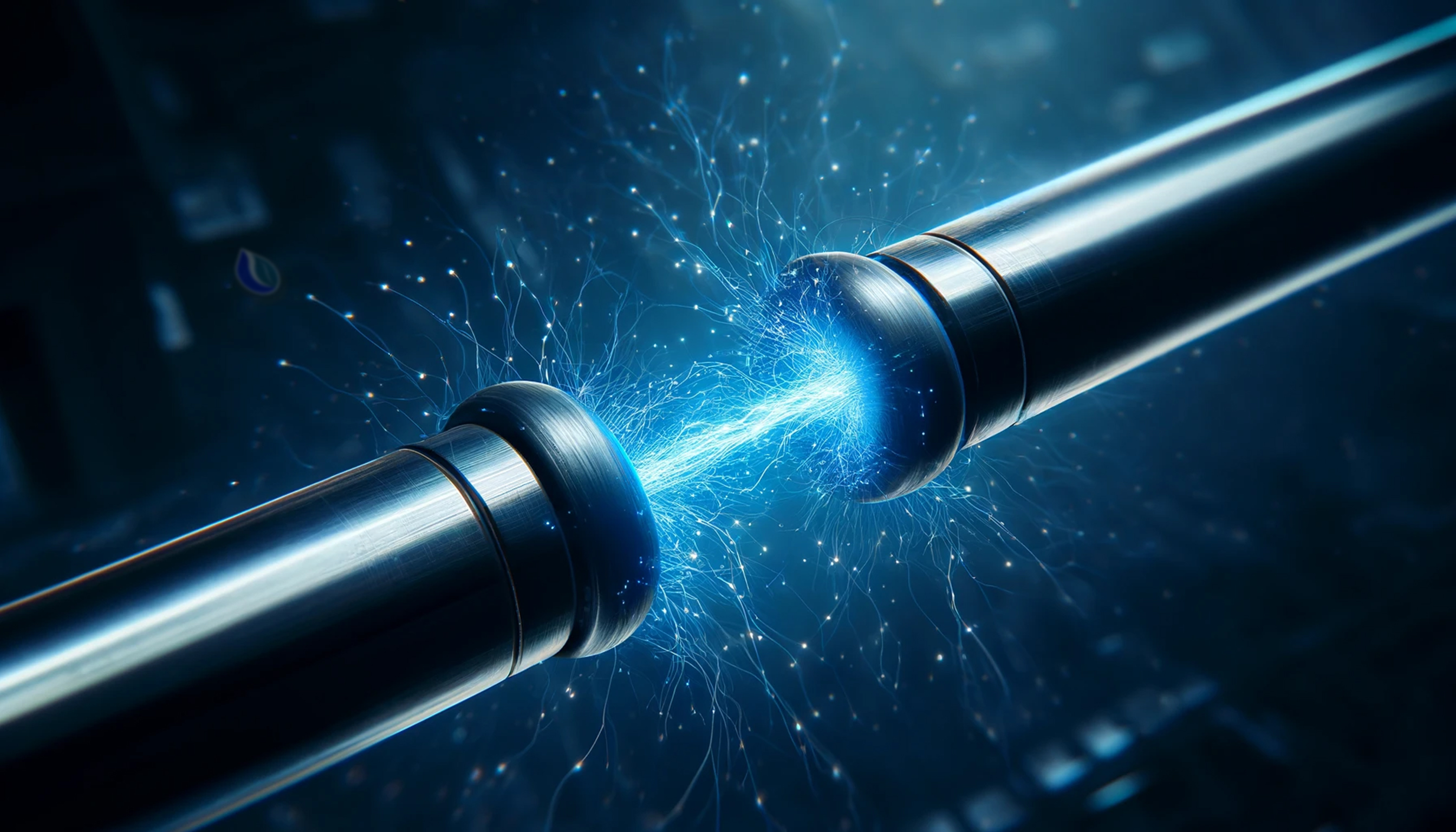
Multiwave Oscillators are fascinating devices that utilize complex technologies to generate a wide range of frequencies and energy patterns. At the core of these devices lies the Spark Gap, a crucial component responsible for producing the electrical discharges that form the basis of their functionality. In this in-depth analysis, we will thoroughly examine the Spark Gap, from its history to its technical operation and collaboration with the bi-polar Tesla coil.
What is a Spark Gap?
The Spark Gap is an essential component of Multiwave Oscillators, capable of converting electrical energy into high-voltage discharges. It is a structure consisting of a set of electrodes with a variable opening, controlled by a knob to adjust the space between the electrodes. This opening is crucial for regulating the size and frequency of the sparks generated.
What Does a Spark Gap Do?
The primary function of the Spark Gap is to produce electrical discharges, which are then used to supply energy to the bi-polar Tesla coil in the Multiwave Oscillator. By varying the opening between the electrodes using the control knob, users can adjust the intensity and frequency of the electrical discharges, allowing for a wide range of frequencies and energy patterns to be generated.
Who Invented the Spark Gap?
The origin of the Spark Gap dates back to the pioneers of electrical engineering in the late 19th and early 20th centuries, including Nikola Tesla, Ernst Alexanderson, and others. While no specific individual can be credited as the exclusive inventor of the Spark Gap as used in Multiwave Oscillators, their groundbreaking work in high-voltage technology and electrical discharges has been invaluable to its development.
Technical Explanation of the Operation of the Spark Gap
The Spark Gap operates by applying high voltage to the electrodes, causing electrical discharges to occur between the points of the electrodes. These discharges are generated when the electrical voltage exceeds a certain threshold, ionizing the air between the electrodes and creating an electric current. The size and frequency of the discharges can be adjusted by varying the opening between the electrodes using the control knob.
The Spark Gap is typically manufactured from materials with high electrical conductivity and resistance to oxidation, such as copper, cobalt, or tungsten. These materials ensure efficient energy transfer and a long lifespan of the Spark Gap.
The energy released during the discharges of the Spark Gap is then directed to the capacitors, where it is stored before being passed on to the bi-polar Tesla coil.
Collaboration with the Bi-Polar Tesla Coil
After passing through the Spark Gap, the electrical energy is directed to the capacitors, where it is stored before being sent to the bi-polar Tesla coil. The Tesla coil, another crucial component of the Multiwave Oscillator, operates based on resonance and is powered by the electrical energy supplied by the Spark Gap and capacitors.
In the Tesla coil, the electrical energy undergoes a complex process of resonance and induction, generating high-frequency electrical pulses. These pulses result in the production of electromagnetic fields and radio waves, which are then used for various applications ranging from research to wireless communication.
The precise mechanism of operation of the Tesla coil will be further discussed in a separate blog post, delving deeper into the technical aspects of this fascinating device.
FAQ
What is the optimal size of the Spark Gap opening?
The optimal size of the opening varies depending on the desired frequency and intensity of the electrical discharges. It is recommended to experiment with different settings to find the ideal configuration for specific applications.
Which material is most commonly used for the Spark Gap?
Copper, cobalt, and tungsten are some of the materials commonly used due to their high conductivity and resistance to oxidation.
How often does the Spark Gap need maintenance?
The Spark Gap typically requires minimal maintenance, but it is recommended to regularly clean the electrodes and inspect them for signs of wear or corrosion.
Conclusion
The Spark Gap is an essential component of Multiwave Oscillators, responsible for generating the electrical discharges that form the basis of their functionality. With its unique ability to convert electrical energy into high-voltage discharges, the Spark Gap plays a crucial role in creating a wide range of frequencies and energy patterns used for various applications. In conjunction with the bi-polar Tesla coil, the Spark Gap forms a powerful tool for research and exploration of electromagnetic phenomena.
